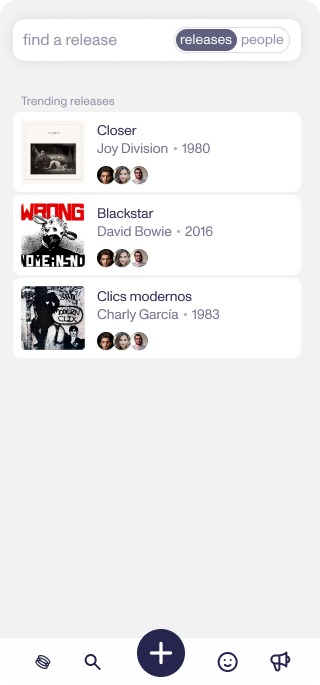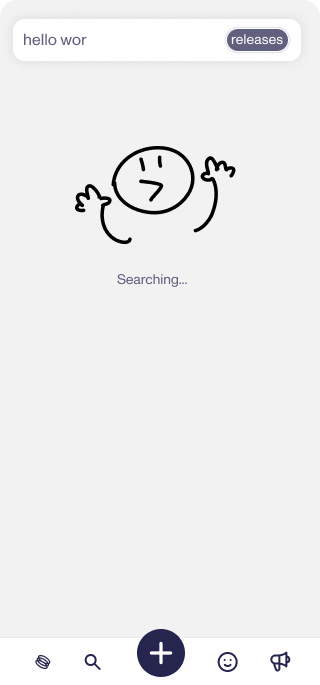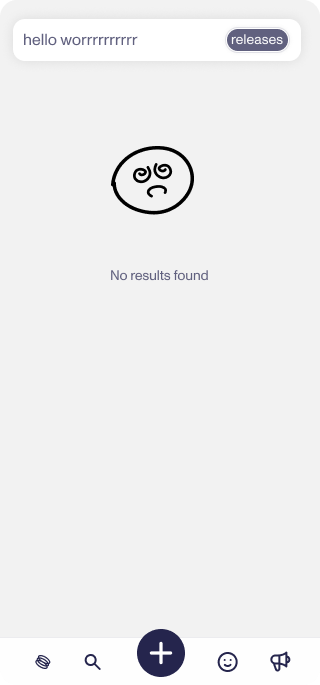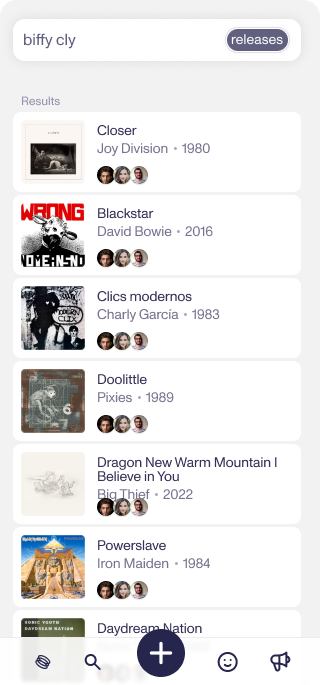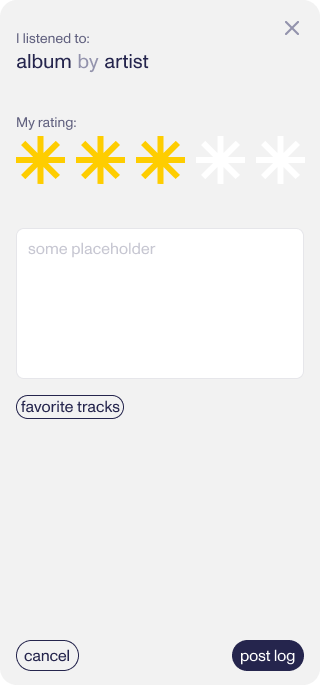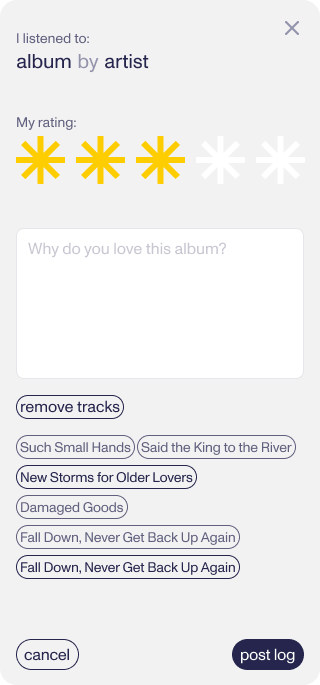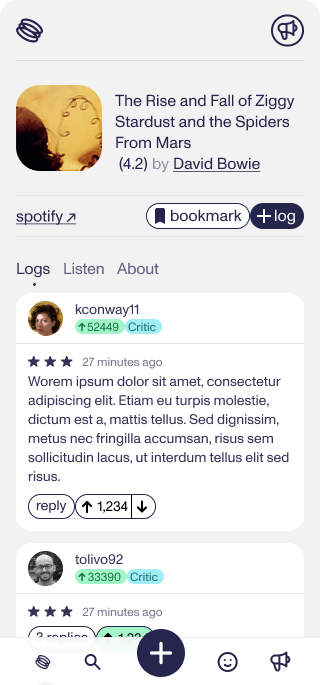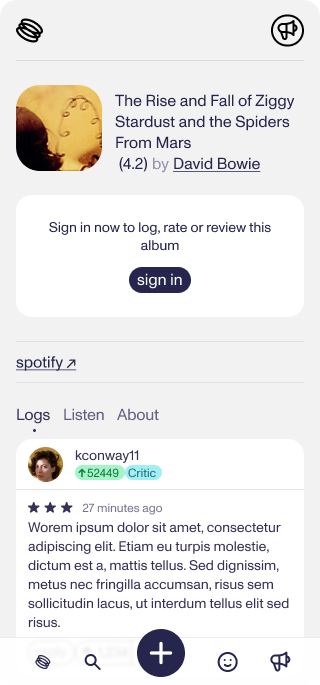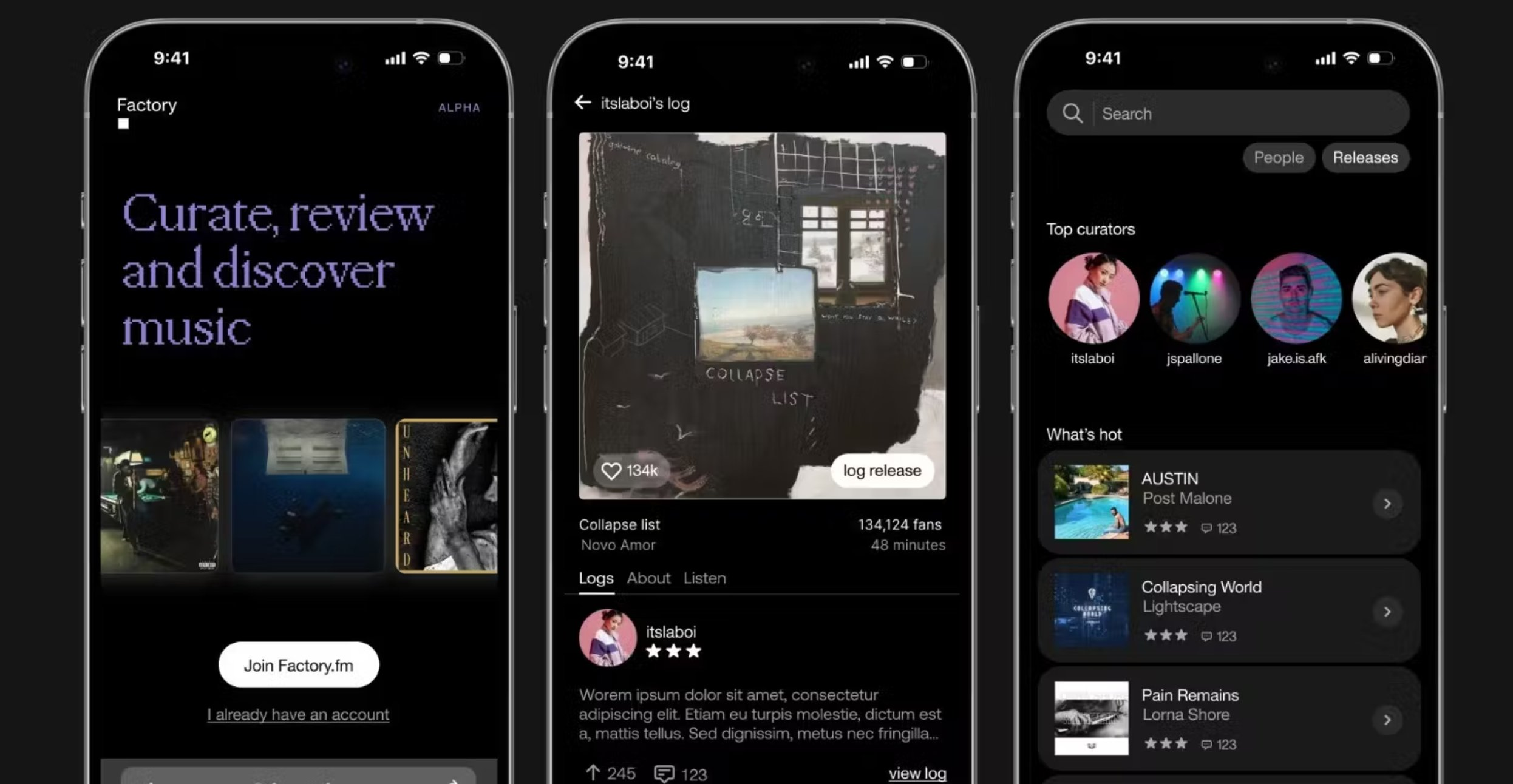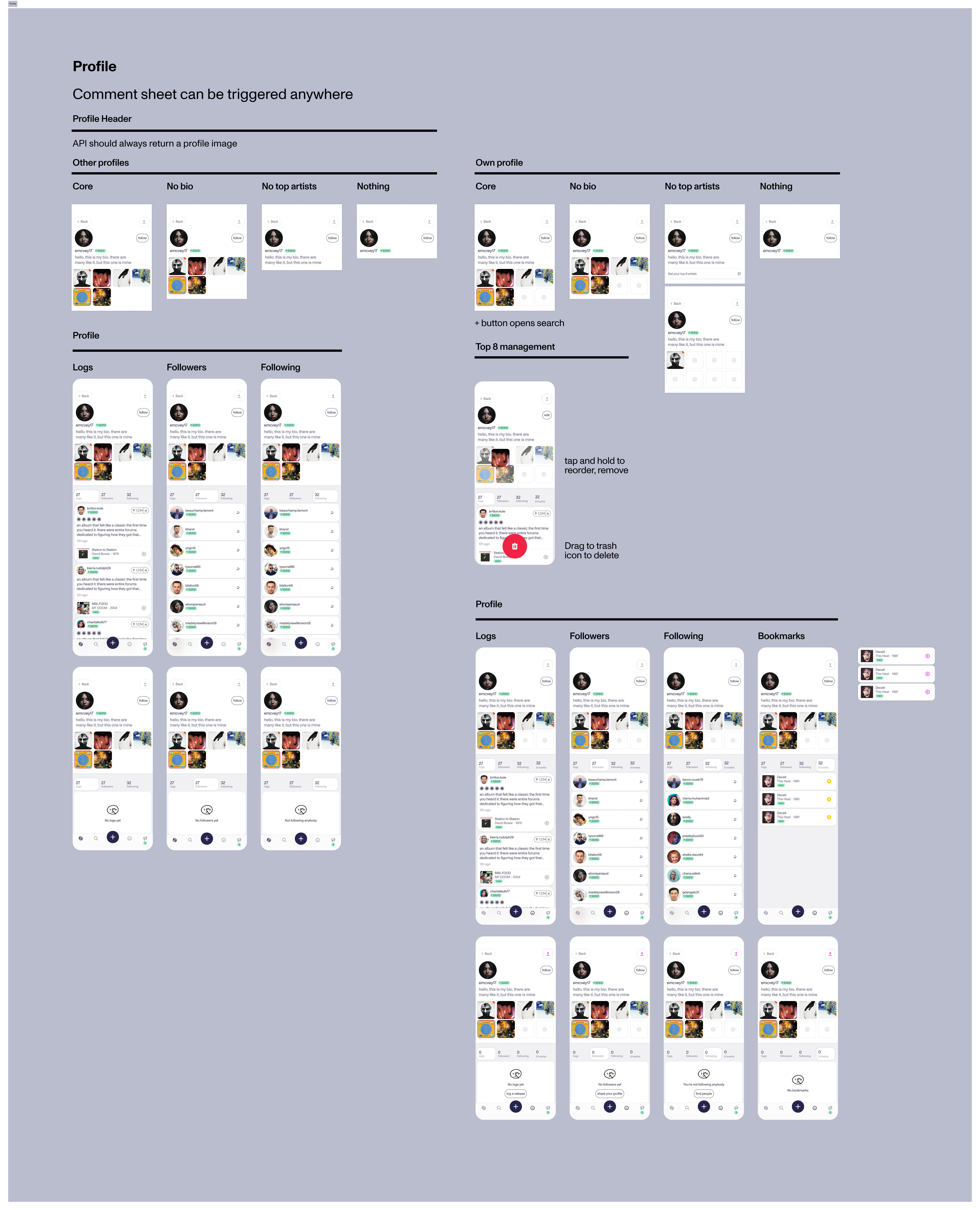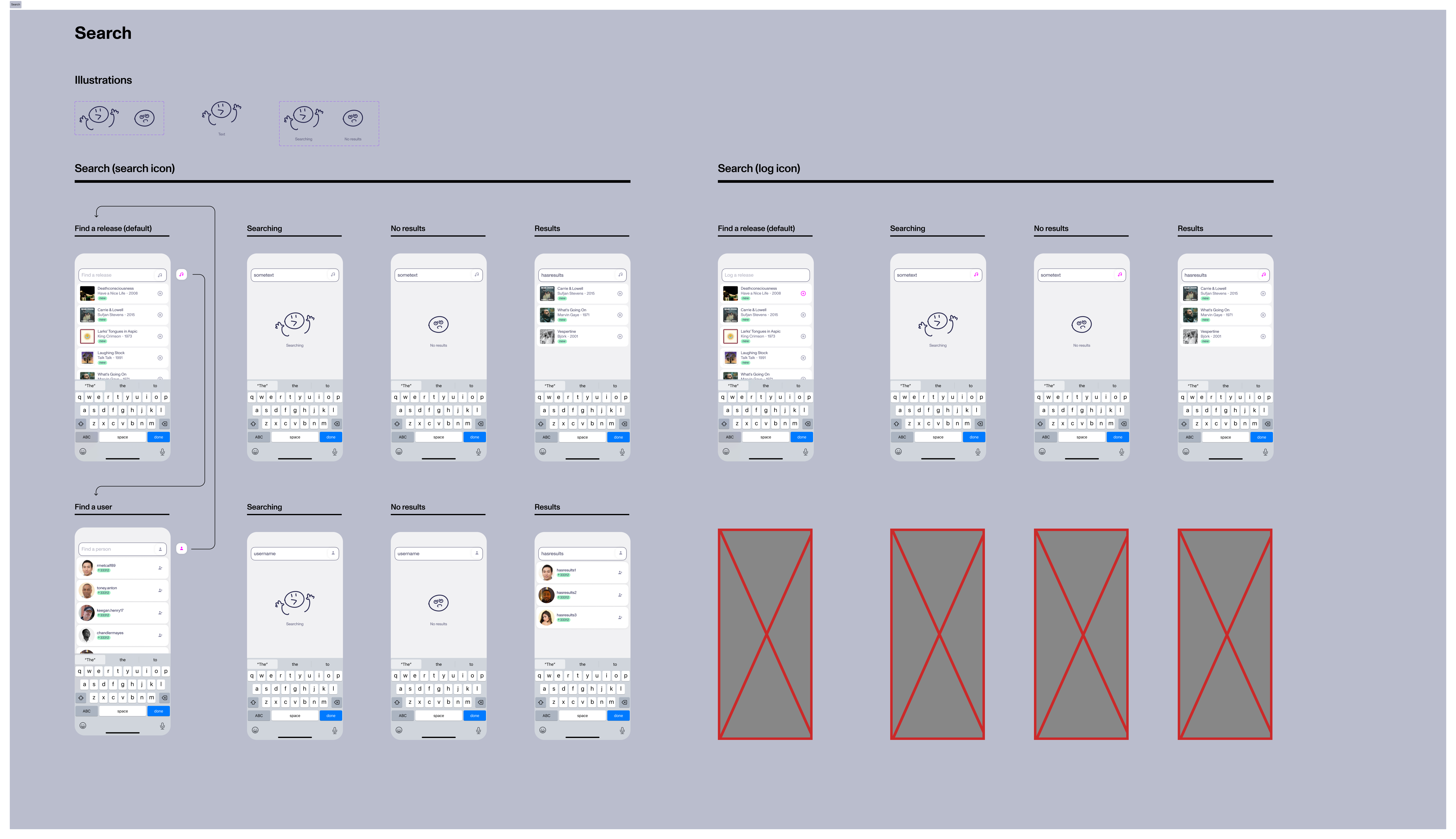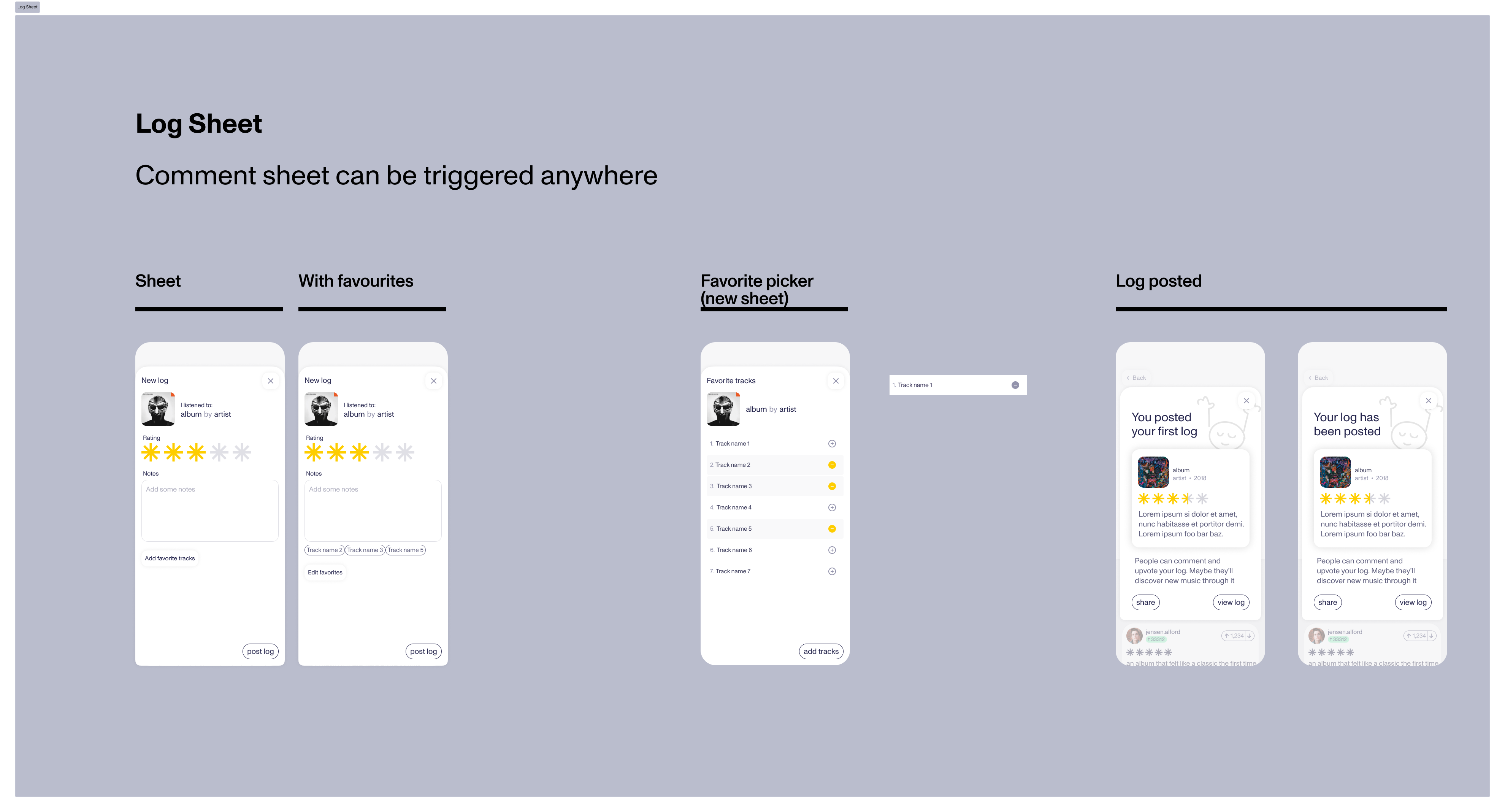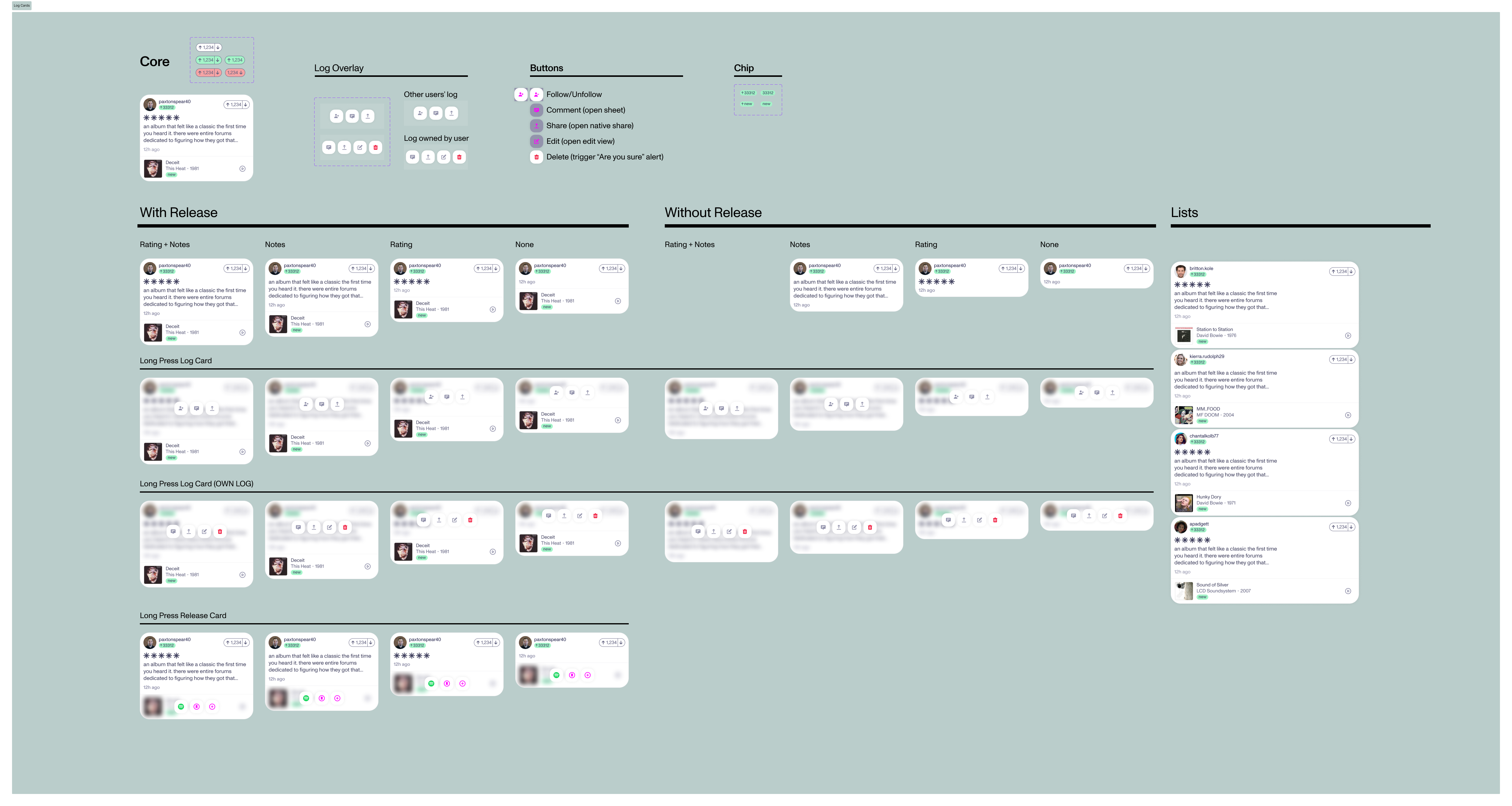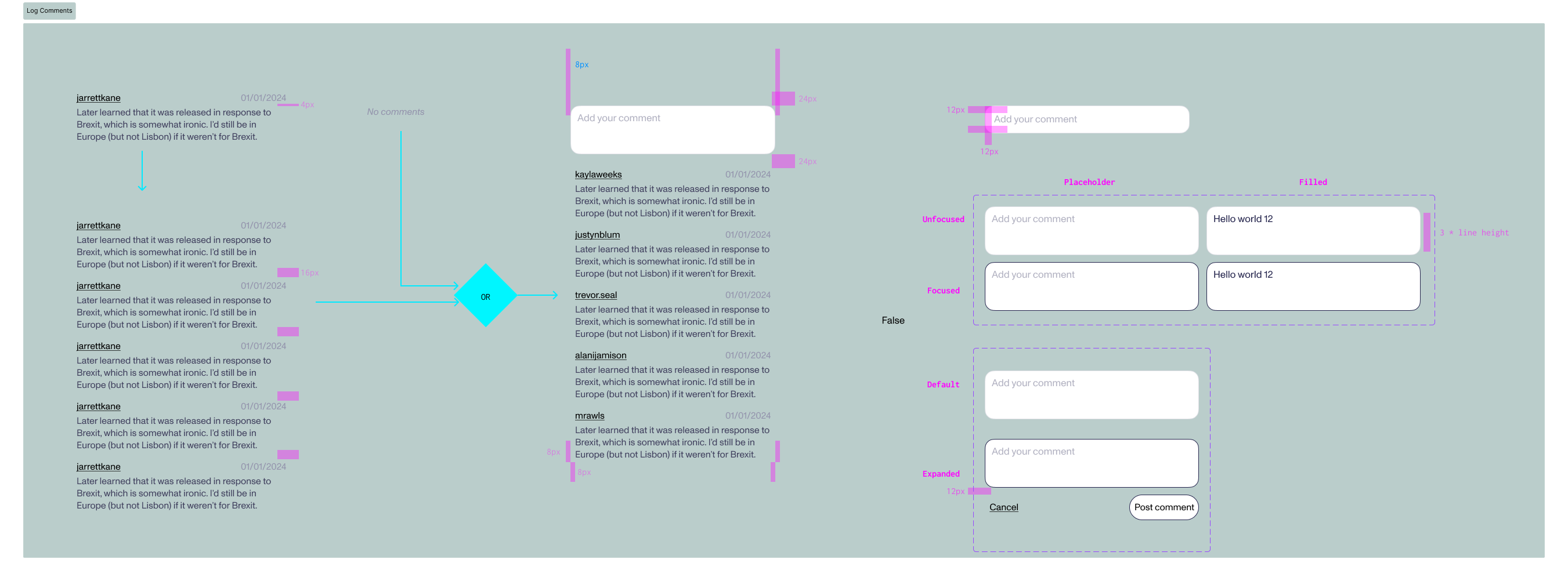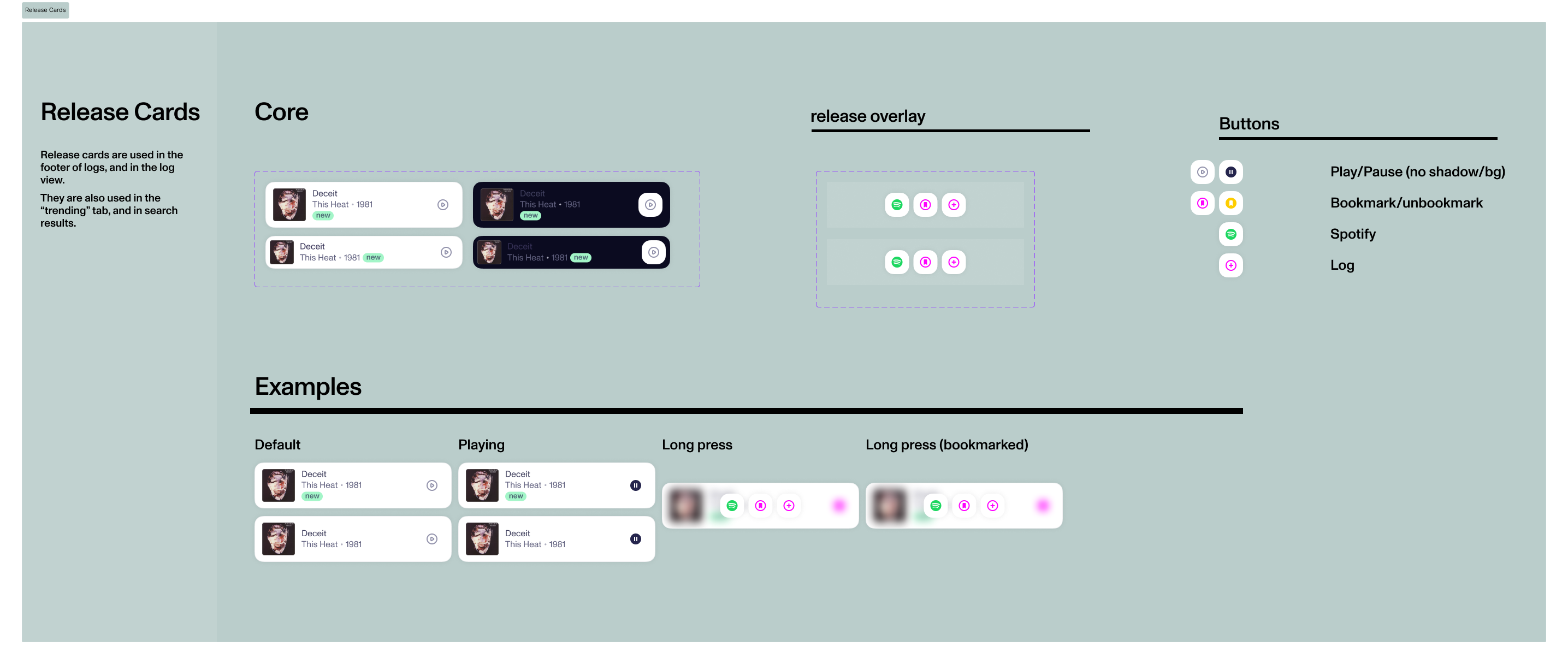Factory.fm2024-2025
Co-Founder, Music Social Platform
Strategy
Music social had stagnated. Scenes were fading, venues felt corporate, and Live Nation had squeezed the life out of live music culture.
The thesis was simple: surface information that people are actively seeking to share, and third parties will build personal, community-driven experiences on top of it.
The signs were everywhere. Vinyl sales up, Letterboxd thriving, people talking about "doomscrolling" and "brainrot." Everyone wanted to connect more deliberately, without algorithms deciding what they see.
2024 was the moment. Music influencers were having their breakout year while both artists and fans were getting fed up with Spotify and Live Nation. People wanted something different.
Execution & Growth
Building the First Version
We built fast. Me and my co-founders locked ourselves in a room with Next.js and Postgres. We wanted to left-curve this as hard as possible, aiming to earn the privilege of problems that come with scale, rather than optimize for them prematurely.
The first goal: prove you could actually review music without it being painful. We pulled catalog data from public APIs, cross-referenced everything for accuracy, and used the most simple, easy to scale storage strategy—only storing what we needed, when we needed it. Plus we could credit whoever discovered an artist or release first on Factory.
Going Mobile-First
Once we knew it worked, we brought in Shaun Church and Kaspar Pyyding to help build something more refined, and more usable. But still as lean as possible. We went mobile-web-only, because that's where people listen to music and learn about artists. That's where activity is. We kept it invite-only at first to keep things tight, and ensure we had something worth all of the inevitable bug-fixes.
Mobile-first UI focused on generating social proof and the core logging experience
We ran a closed beta to see how people actually used it.
Friend feeds felt empty when there wasn't much content, so we added an "All" feed: not as the main thing, but to prove there was an active community and to help people understand what others were saying. It helped to alleviate the anxiety of posting for new users. People started using it like a music diary. One person wrote haikus every day for a month. K-Pop fans joined to flood the public feed. It was working, just not entirely in the ways we expected.
Opening Up
People liked it, so we opened the web version publicly, with breakpoints so that people could use it on desktop. It was double-pronged: we wanted to let search engines find our reviews, and for people to use it as a discovery tool without creating an account. The plan: get to new releases before blogs and Reddit did. Rank high in search, become the place where people talk about music.
By January: 2,000 users, 16,000 albums, 22,000 artists, 207,000 tracks. By April: 3,000 users.
The Growth Problem
Growth stalled after launch. But when influencers posted about us, we'd get massive spikes. That told us everything: we needed better retention and better engagement in existing music-discussion venues, not just more signups.
Daily activity shows volatile spikes while 7-day average (excluding outliers) reveals sustained organic growth trend.
We'd maxed out our personal networks. People would sign up, log one album, then disappear. We tried social media content, sharing features, even ads targeting specific labels and releases.
But we'd positioned ourselves as the anti-AI, anti-ads alternative to Spotify and their ilk. People signed in with wallets, we didn't do advertising. We couldn't email those users even if they wanted us to. Still, email campaigns felt deceptive. We needed to meet people where they actually listen to music: on their phones, and embed ourselves into the listening experience. If a user listened to an album twice in a row, or always listens to the same thing while driving, they should think of Factory. It needed to strongly position itself as the place to go and describe exactly certain albums tick boxes.
Going Native
We launched the iOS & Android apps simultaneously with everything the web version had, plus nice little shortcuts for power users. We added basic moderation tools—nothing fancy, but enough to keep things clean as we grew.
The response showed we were onto something. People genuinely loved what we were building.
Loading tweets...
Native UI focused on honing core interaction, providing shortcuts via gestures such as long-press, and creating a comprehensive, reusable system which could be reused across desktop, web and mobile
Outcome
We carved out our space carefully: no music playback (major labels would shut us down), no collector complexity like Discogs, no stat obsession like Last.fm. Just a place to connect over music you actually care about.
Factory helped us raise [REDACTED] at a [REDACTED] valuation for our bigger data-sharing vision. By early 2025, we shifted focus to that broader protocol. Factory became the back burner—still valuable as a data source for other music platforms in our network.
The tech choices paid off. Next.js meant we could hire easily. Postgres through Supabase meant no vendor lock-in. Kaspar and Shaun could build APIs fast without us needing a whole backend team. Everything stayed modular and so simple that it felt impossible to fail.
